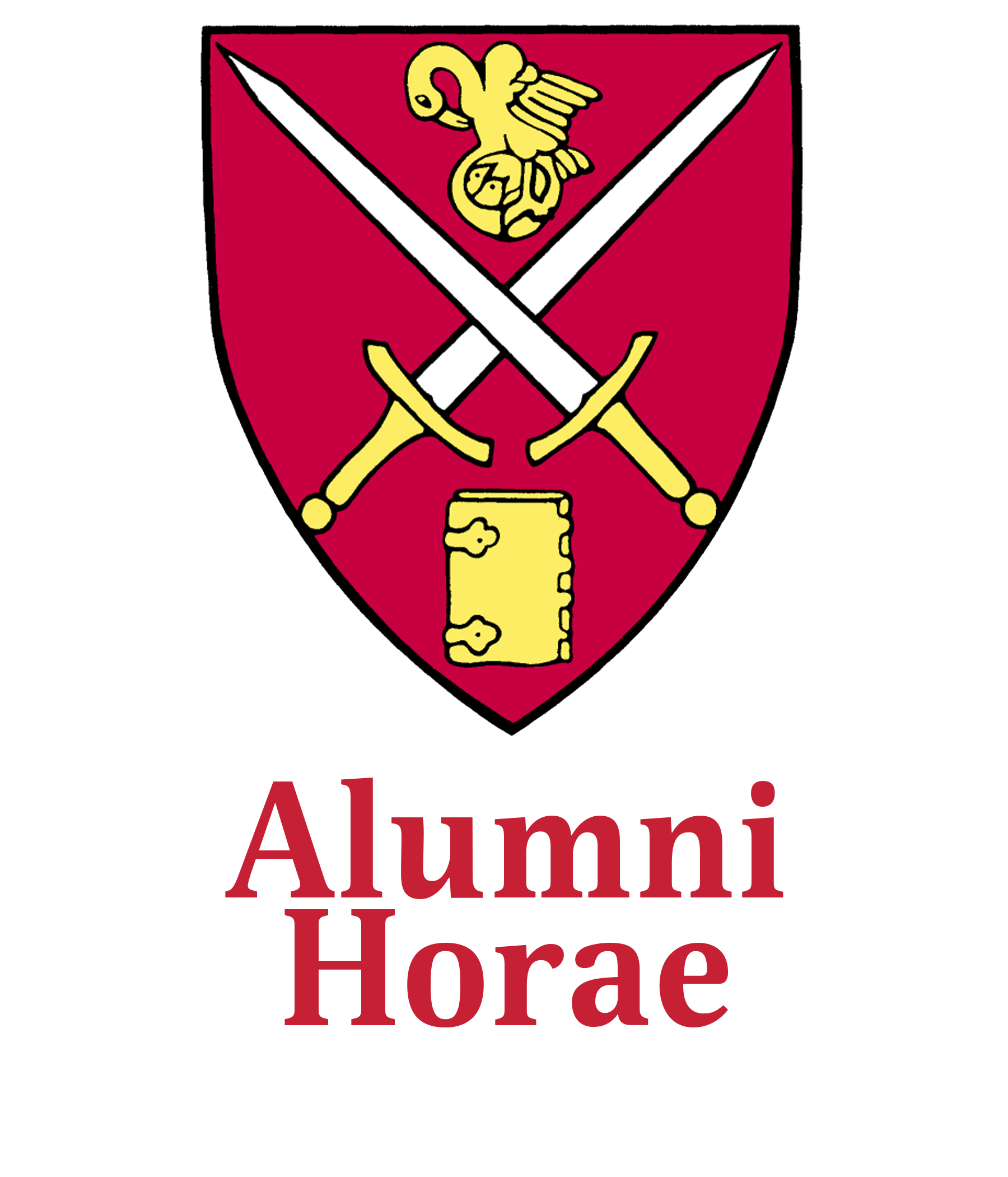SPS Today: An Unusual Year for College Admission
Faring Well in an Ultra-Competitive Pandemic Environment
The COVID-19 pandemic generated a surge in applications at many institutions of higher education over the past year. Coupled with fewer slots due to a greater percentage than usual of last year’s admits deciding on gap years, and an absence of standardized testing, it was a particularly competitive year for college admissions. St. Paul’s School students continued to fare well in the midst of that uncertainty, gaining admission to selective colleges at rates above the national averages and broadening their horizons by applying to a wider range of schools than in years past.
“We are extremely proud of how this form has handled this year,” says Erin Ainor, who is serving as acting dean of college advising this year.
Ainor and the other college advisers noticed new trends in the 2020-21 admission cycle. While the College Advising Office routinely encourages students to think strategically about their early applications, that advice felt “more important than in past years,” according to Ainor.
“We don’t always know what will happen in the regular decision round, so if they could fill a seat, that’s what colleges were trying to do,” she says. “Some were filling 10% more than last year in early decision.” Out of the 145 members of the Form of 2021, 62 were slated to enroll at a particular college by February, before regular decisions began rolling out. St. Paul’s students were not alone in taking chances this year by applying to more schools than usual. That contributed to the national trend of many colleges receiving record numbers of applications. Ainor says that the average number of applications submitted by SPS Sixth Formers this year was up from 9 to 11.6 over 2019-20 submissions. Some students applied to as many as 15-20 colleges.
One explanation for the surge in applications at colleges and universities nationwide was the temporary removal of standardized test score requirements. As SATs and ACTs were canceled due to the pandemic, many students found it difficult to get scores at all, while others had only one score to submit. (SPS offered its students four SAT and two ACT days in the fall, when students were on campus.) If they were not satisfied with the numbers, some chose not to submit. That phenomenon – the “Why not?” attitude – resulted in the soaring application numbers across the board at the most selective schools.
Associate Director of College Advising Irene Kim ’03
Dartmouth College reported an increase in undergraduate applications of 32.5% over last year, including a 29% increase in (binding) early decision applications. In an April 2, 2021, article, the Washington Post’s Nick Anderson shared that MIT experienced a 66% increase in applications from one year ago, resulting in a 4% acceptance rate. Like many other schools, MIT (engineering proved a particularly competitive area for admissions in 2021, says Ainor) was test-optional during the pandemic-stricken year. UCLA (28% increase) and the University of Virginia (15% increase) were among the other schools who reported record applications for the Class of 2025. Colgate said its applications went up 103% from 2020, while Johns Hopkins, according to the College Kickstart blog, accepted just 6% of applicants – a record low. Over-enrollment has become a fear of America’s colleges and, thus, Ainor expects significant activity from waitlists in the coming weeks and months.
The Wall Street Journal’s Douglas Belkin reported on April 6 “record low acceptance rates this year for the country’s elite colleges, including most of the Ivy League.” Harvard (3.4%) saw a 43% jump in applications, while Yale’s (4.6%) application numbers rose by 33%. Belkin also reported that “Columbia University…was the second hardest school to get into among the Ivies…just 3.7% were accepted.” Five members of the SPS Form of 2021 gained early acceptance to Columbia. Princeton scrapped its restrictive early action programs this year, making the regular decision process ultra-competitive, with a 4% acceptance rate.
“Despite the 15% increase in applications from the previous admission cycle,” Princeton announced in an April 6 press release, “the University remained committed to a holistic review process.”
It is that holistic review, says Ainor, that helped set SPS students apart in an unusual year. Last spring, when schools were forced into remote learning, St. Paul’s worked hard to make that distance work as meaningful as its in-person equivalent. The College Advising Office made sure colleges were aware of the rigor that remained in the SPS curriculum. In the absence of standardized test scores, colleges also spent more time looking at all aspects of applications, from student research projects to essays to recommendation letters. With pass/fail grades in place for the spring of 2020, SPS awarded engagement commendations to recognize students’ outstanding work, which also helped paint a clearer picture of the COVID-induced academic situation for the Form of 2021.
In all, SPS students submitted applications to 236 different colleges and universities for consideration. Among those who offered the most acceptances to members of the Form of 2021 were Georgetown University, Fordham University, Northeastern University, University of St. Andrews, University of Vermont, Trinity College, University of California San Diego, University of Virginia, Columbia University, and Hamilton College.
“We always have a very ambitious group of students,” Ainor says. “They have hope for acceptances at a lot of great places. While there are always disappointments, they have overall fared very well in this unpredictable year.”


